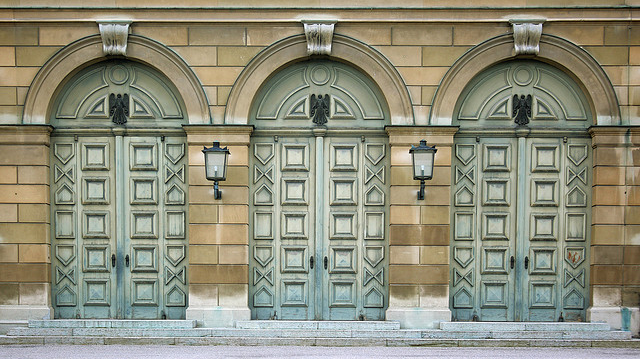Capricorn is the Zodiac sign for those born between December 22 and January 19. The symbol for Capricorn is a goat with a fish tail instead of hind legs.
The model for Capricorn is the god of shepherds, Pan. Pan had the upper body of a man but a lower body of a goat and was famous for his sexual behaviour (he is often portrayed in art with a massive penis). He is also famous for his music, especially his hauntingly beautiful pan flute performance. But how did a god with the top half of a man and the bottom half of a goat come to represent a constellation where the top half is a goat and the bottom half is a fish? The back-story of Capricorn is related to that of Pisces; that is the story of how the monster Typhon gatecrashed a feast of the gods. While Aphrodite and Eros transformed into a pair of fish to escape Typhon, Pan turned himself into a goat to run away. However, when he reached the Nile River, he hurriedly tried to change into a fish but messed up the spell, with only his lower half turning into a fish. Just before he crossed the river, he saw that Typhon was attacking Zeus, so he let out a horrible screech to scare Typhon, allowing Zeus to escape. Zeus returned the favour by drawing Pan’s image at the time in the form of a constellation.
(Part of the Zodiac series: https://jineralknowledge.com/tag/zodiacs/?order=asc)




